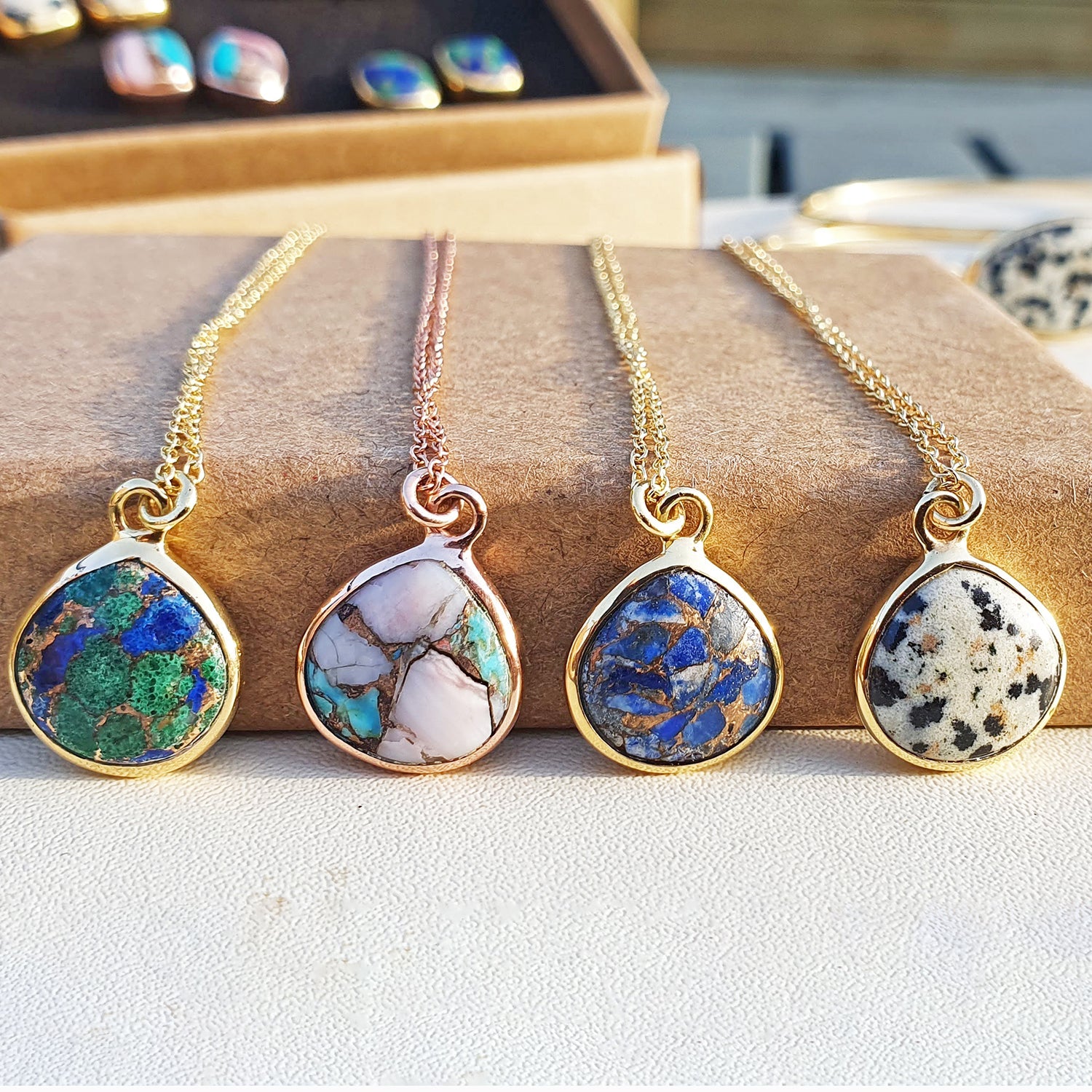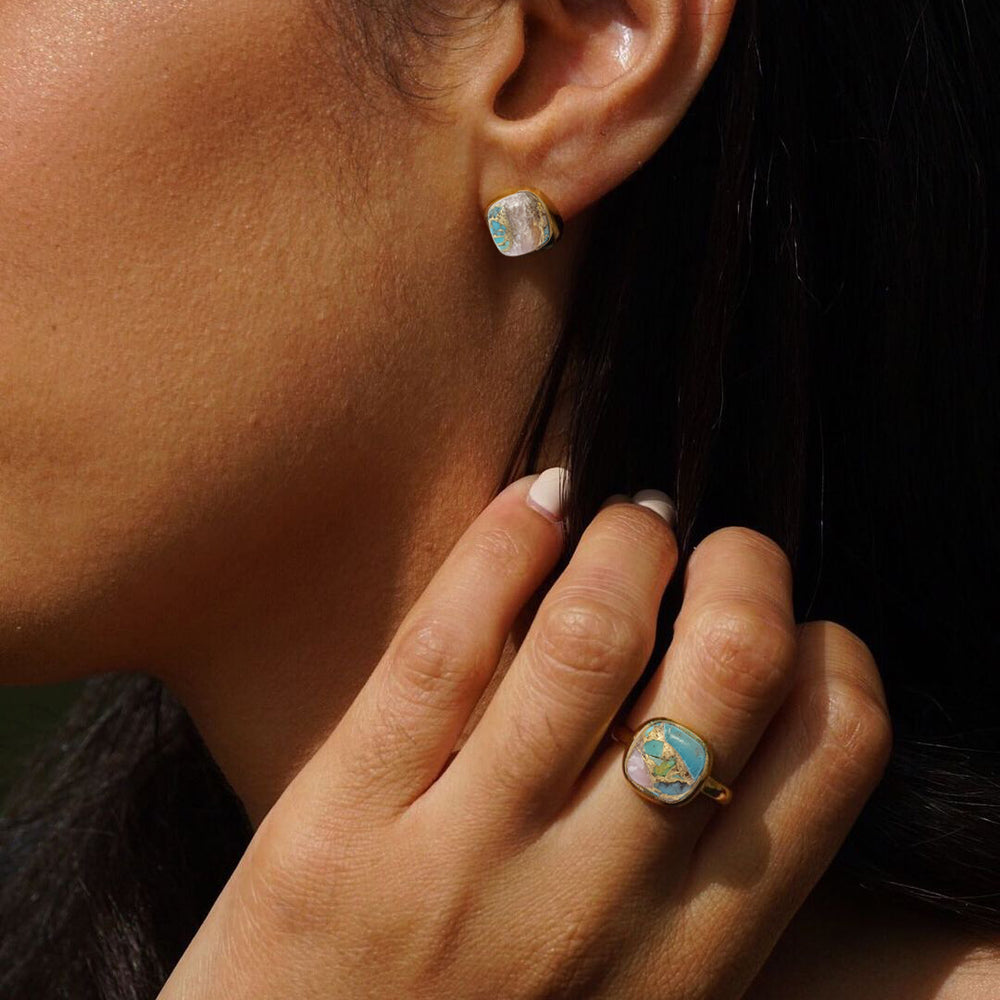Handmade Throw making - Morocco. Meet Mohammed.
"It is great that Harfi is helping us get our handicrafts out to more people outside of Morocco so there is more work for us. I have a wife, one boy and one girl and everything I make goes to them."
Mohammed, a member of the artisan co-operative since 2009 which produces Harfi's throws
Location: Fez, Morocco
Craft: Throws
Materials Used: Cotton, Wool, Cashmere
Background: Mohammed started learning his craft from the age of 12. During the summer months he would visit his late grandfathers house in a small but charming village set in the outskirts of Casablanca. Sat beside him in his atelier, he would watch as his grandfather go to work on the wooden looms to create textile pieces that he would then sell to the local market to help contribute to the family budget. Quiet and reserved at first, Mohammed really opens up when talking through these family memories and is clearly passionate about continuing the tradition that was passed down to him through the generations. Mohammed’s idol is his father who taught him the value of hard work as he often spent long periods away from home to work long hours in the tanneries of Rabat to help provide for his family and put him and his two sisters through school. After finishing from school Mohammed joined a small workshop in the heart of Fez to further develop his natural talent for handcraftsmanship before joining a small artisan co-operative where he specialises in textile weaving.
The artisan cooperative is based in a small shop deep in the heart of the Fez, Medina. It has been in their family for generations and they work in the shop every day except for Fridays which is a sacred day of celebration during which time Moroccans gather and practice their respective religious duties. Every week the manager, Karim, goes out into the market to select and buy new materials. These materials are then passed on to Mohammed, who will then turn these materials into beautiful throws by hand weaving them on a traditional wooden loom openly in the shop for all to see.

Harfi co-founder, Sabrina, collaborating on the new designs alongside Mohammed, the maker, and Karim, the manager of the co-operative
Technique: Textile weaving involves the interlacing of two distinct sets of yearns or throws at right angles to each other to form the final fabric. The longitudinal threads are called the warp and the lateral threads are the weft or filling. The process takes many hours from start to finish and is generally performed on wooden looms using traditional methods that have been in existence for centuries:
1) Materials are selected. Generally the wrap will be made of cotton and the secondary material can either be cotton, wool or cashmere.
2) Colours are selected. Firstly, a base colour for the warp is chosen followed by a secondary colour for the weft that nicely compliments the former. In Morocco, they generally like to use a lot of colours! As you can see from our designs, however, we generally opt for fewer colours for a more minimalist finish that will fit well with more interiors.
3) Design selected. We work together with our artisan partners to refine and modernise some of their current designs as often they have been producing the same designs for many years.
4) Weaving begins. The warp is diving into two overlapping groups, one above another, so the shuttle can be passed between them in a straight motion. The handloom weaver is assisted with a picking stick to propel the shuttle from side to side. It is the raising and lowering of the warp threads that determines the design and structure of the final piece.
5) Pompoms added. Once the weaving is completed the final task is to attach the pompoms to the fabric. This is done by threading a yarn needle with some coordinating yarn and tieing a knot on the back side of the black.

Throw weaving in action
Interesting Fact: The Fez Medina is a car free city. Built in the 9th Century, the Fez Medina is a labyrinth of over 10, 000 alleys that are primarily made up of a diverse mix of artisanal shops and are too narrow for cars. The only means of transport around the Medina is via mules or small chariots and, more recently, motorbikes!
Shop our handmade Moroccan throws here





